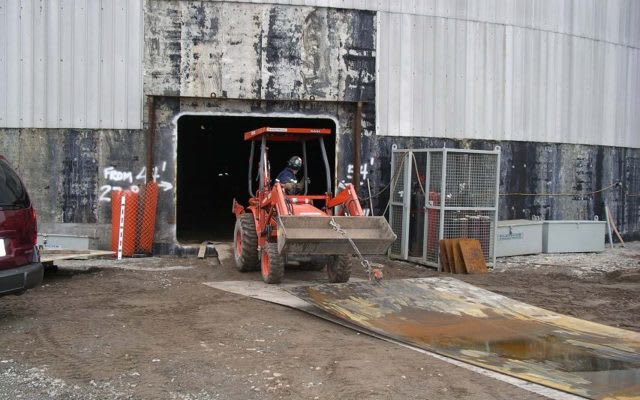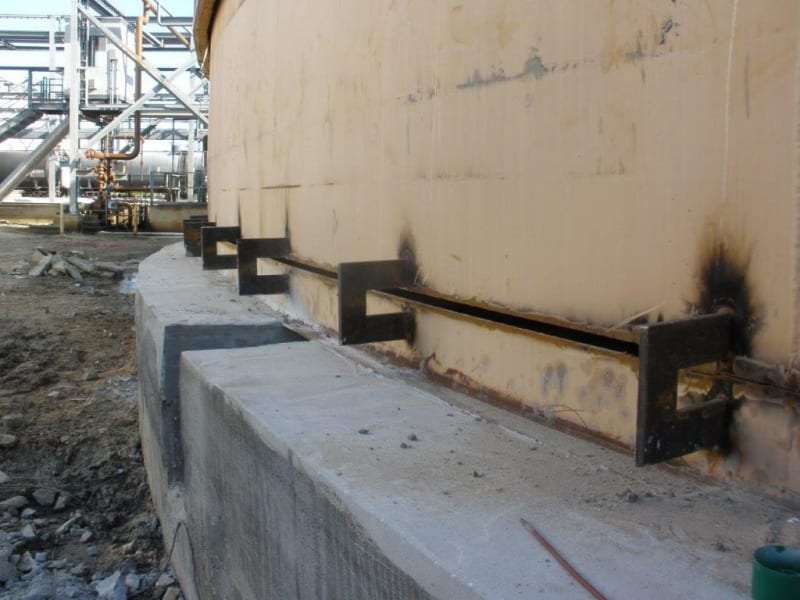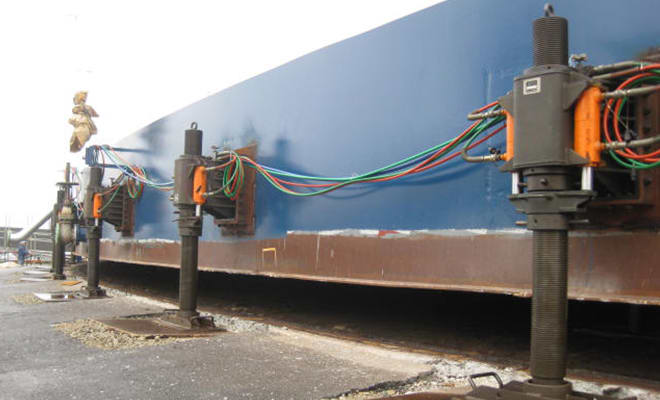Hello,
Does anyone have a procedure or advise on replacing all corroded bottom plates in a tank? and do you think it is necessary to cut one shell plate to take the new plates inside and replace all the bottom media underneath the plates, as the tank was leaking under?
Thanks for the support
Does anyone have a procedure or advise on replacing all corroded bottom plates in a tank? and do you think it is necessary to cut one shell plate to take the new plates inside and replace all the bottom media underneath the plates, as the tank was leaking under?
Thanks for the support



